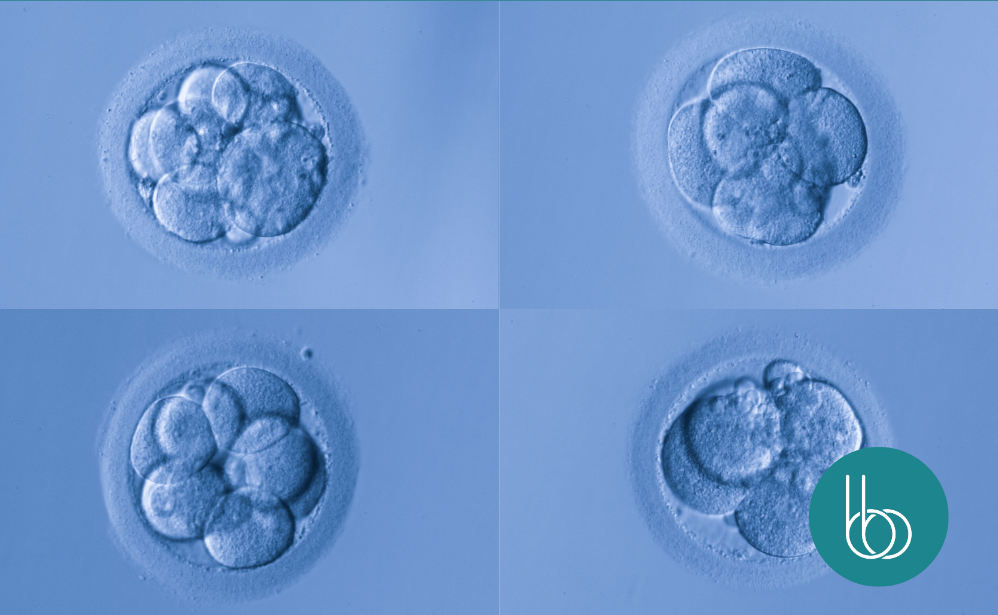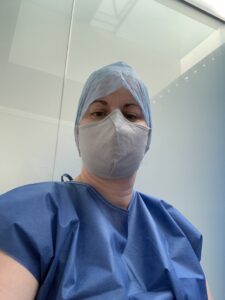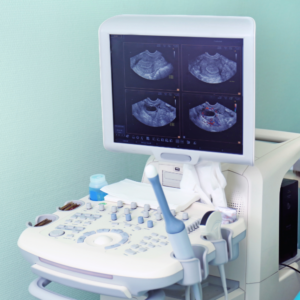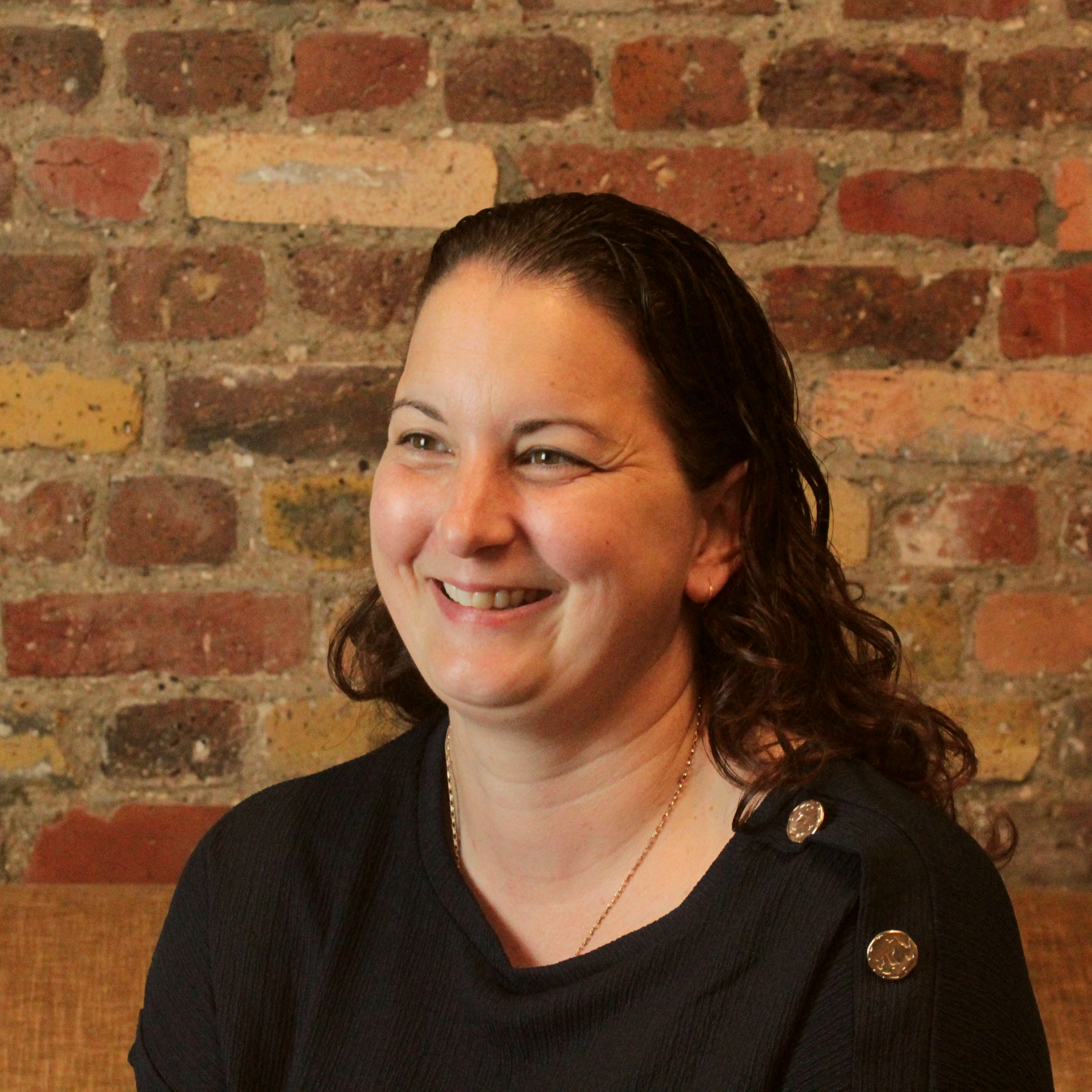What to expect at an embryo transfer – Nicky visits the TFP Wessex Fertility Clinic

Being a Brilliant Beginnings surrogate means having full unlimited support at each and every stage, including the treatment stages like the embryo transfer. In this blog Client Manager Nicky Reid talks about her visit to one of the fertility clinics we regularly work with to find out more about the experience our surrogates can expect when they go for embryo transfer.
Introduction
I have been lucky enough to have been on my own surrogacy journey and so a fertility clinic did become a familiar place for me. However, it is very different when you go through it yourself versus visiting, seeing what happens behind the scenes, and how all the people who come together to help bring this baby into place with you. And of course, when I was going through it myself, nerves kick in and I didn’t take in everything that was happening around me.
Being a part of the Client Manager team at Brilliant Beginnings means that I had the opportunity to spend an exciting day with the team at TFP Wessex Fertility Clinic, which we commonly refer to as The Wessex.
The steps of an embryo transfer at a fertility clinic
Preparation
It started off even before I left for the clinic by making sure I did not use any fragrances or lotions to make sure there was no risk of endangering the precious little cells that were being created.
Arrival
I arrived at the clinic for 8am and was greeted by Sue, one of the consultants who showed me where I could change into my scrubs for the day.

Embryo selection
First up was the embryology team, who create the embryos and then look after them until they are ready for transfer. Selecting the best embryos for the day’s transfer starts with the team checking records and information and looking at the grading as well as a myriad of other data. All this would then be checked by the head embryologist to make sure that they agreed.
Once the strongest embryos had been selected, they then needed to be located. The embryos are stored on straws in tanks containing liquid nitrogen. Each tank is labelled and each patient’s records detail the specific tank, straw colour, and total number of embryos that are held in the tank. The task of opening the tank is delicate. We all wore goggles and gloves to protect us from the liquid nitrogen in the tanks and the straws were gently lifted out after two further embryologists checked to make sure that they were the correct ones.
I was able to see how the embryos were removed from the strawand checked, observe the various stages of thawing and then final checks to see if they were continuing to develop under the microscope. It was truly amazing to see those tiny bunches of cells and hope that they would develop into a tiny baby!
Scans and checks
I left the embryologists to carry on their amazing task of thawing the embryos and joined one of their team members while she carried out scans on patients who were at various stages of treatment leading up to eventual embryo transfers. I was able to see the images on the screen of the uterus and see the checks that were made of the lining to make sure that it was thickening, ready for embryo transfer. Next the ovaries were checked for stages in ovulation (when the ovaries get ready to release eggs) and calculate when the best time would be for collection of eggs or a transfer.

Embryo transfer
There were several embryo transfers planned for the late morning and I was able to watch them all, including a transfer to a surrogate. The nervousness and excitement of all the people that attended the clinic was easy to see.
The preparation that the team goes through ahead of each procedure, the numerous checks made to ensure that the correct embryos are going to the correct patient didn’t take away from the care that each person received.
Before each transfer the patient details are checked, she is then scanned and the ideal spot in her uterus for the embryo to be placed is found. The clinician inserts a catheter into the womb and the embryologist brings the embryo through to the theatre in a syringe.
All details are checked again and when the clinician and embryologist are happy the embryo is put into the uterus through the catheter, all of which can be seen on the screen from the ultrasound.
The embryologist will check the syringe to make sure that the embryo hasn’t been left behind and an ultrasound picture is taken for the proud parents to be.
It was amazing to witness so many transfers and to think that there could be babies born and families made from what I had witnessed.
By Nicky Reid
Related articles
Become a surrogate
Surrogates are exceptional people who deserve exceptional support. Our experience ensures you get this before, during and after your journey to create a family for someone else.
A surrogate’s perspective on the Two Week Wait (2WW)
The time between embryo transfer and pregnancy test date can be an anxious time, read a surrogate’s perspective on the 2WW.




Recent Comments